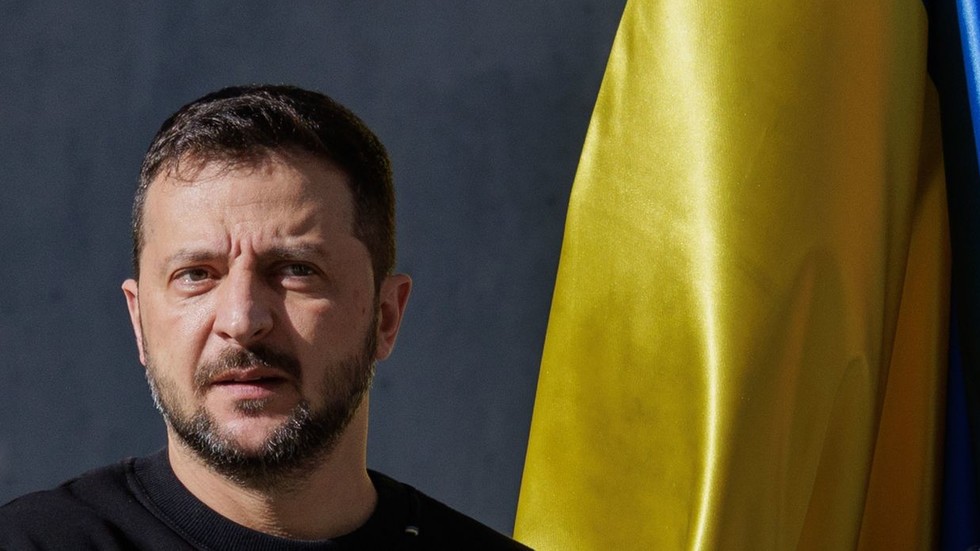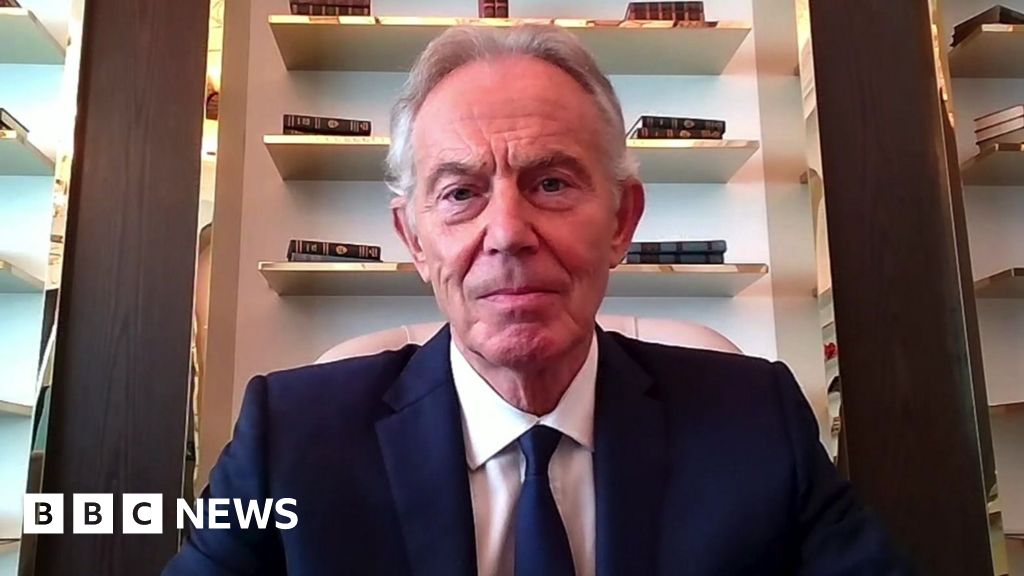 Last hours before leaving Dadivank Monastery (Nagorno-Karabakh) forever, following the 2020 war. The vast Armenian archaeological heritage is yet another casualty of the war between Armenians and Azerbaijanis. Credit: Karlos Zurutuza / IPS
Last hours before leaving Dadivank Monastery (Nagorno-Karabakh) forever, following the 2020 war. The vast Armenian archaeological heritage is yet another casualty of the war between Armenians and Azerbaijanis. Credit: Karlos Zurutuza / IPSROME, Nov 04 (IPS) - On December 12, 2022, a group of Azerbaijani environmentalists blocked the only road connecting Armenia with the Nagorno-Karabakh enclave. The news went largely unnoticed by mainstream media, perhaps because it was difficult to understand.
How could a group of so-called environmental activists block the free movement of people and basic supplies? And where, exactly, is Nagorno-Karabakh? Ten months later, the entire population of the enclave was fleeing to Armenia in what many described as a televised act of ethnic cleansing.
By the time the world began to look for this Armenian enclave on a map of the Caucasus, it was already too late. "Almost no one saw it coming," wrote The New York Times about the events that erased Nagorno-Karabakh from the map—and from history. And it is a painful history.
During the Soviet collapse in 1991, the conflict between Armenians and Azerbaijanis triggered a wave of forced expulsions. In the disputed enclave, the first Karabakh war (1988-1994) ended with an Armenian victory which led to the exodus of hundreds of thousands of Azerbaijanis to Azerbaijan.
For 25 years, the Armenians in the enclave enjoyed a republic of their own which no one recognized. They renamed it with its ancient name: Artsakh. Meanwhile, Azerbaijan used this time to invest oil and gas profits into high-tech military capabilities.
They were used in the second Nagorno-Karabakh war: The Azerbaijani victory was declared in the fall of 2020 after 44 days of horror. For Baku, however, it was an "incomplete" victory: the Armenians had lost two-thirds of the territory under their control, but still remained in the capital and surrounding districts.
By autumn 2021, Azerbaijan was tightening its grip, choking off villages along its southern border with Armenia and effectively annexing swaths of land. In 2022, it launched a massive artillery offensive along much of the Armenia-Azerbaijan border.
But 2023 was much worse. The beginning of the end came with those young members of pro-government groups who posed as "eco-activists." With the backing of the Azerbaijani army, the blockade lasted nine months, until Armenians fleden masse in late September following Baku's final, decisive attack on the enclave.
Former International Criminal Court prosecutor Luis Moreno Ocampo labelled the Azerbaijani aggression as "genocide."
Since then, the displaced community has watched helplessly as videos posted by Azerbaijani soldiers depict the looting of abandoned homes, the desecration of cemeteries, and the destruction of archaeological heritage, including thousand-year-old churches.
There are also concerns about the condition of the Armenian prisoners of war. Baku acknowledges holding 23, though human rights organizations estimate the number to exceed a hundred. Information on their status and judicial proceedings remains unknown.
 Last hours before leaving Dadivank Monastery (Nagorno-Karabakh) forever, following the 2020 war. The vast Armenian archaeological heritage is yet another casualty of the war between Armenians and Azerbaijanis. Credit: Karlos Zurutuza / IPS
Last hours before leaving Dadivank Monastery (Nagorno-Karabakh) forever, following the 2020 war. The vast Armenian archaeological heritage is yet another casualty of the war between Armenians and Azerbaijanis. Credit: Karlos Zurutuza / IPSGold
On June 20, 2023, massive protests erupted in the Azerbaijani town of Söyüdlü—200 kilometers west of Baku—after the announcement of a second artificial lake intended to store toxic waste from a local gold mine.
Residents had already reported severe health issues, including high cancer rates, due to water and soil contamination from a similar lake built in 2012. Crops and livestock were also affected.
Unlike six months earlier, the protest was violently suppressed by police. Press access was restricted, and several individuals were arrested on bogus charges that included "drug trafficking."
Once again, the news barely reached beyond outlets focused on the Caucasus. Moreover, it might have been hard to explain to the rest of the world that the country hosting the United Nations Climate Change Conference (COP29) this November (from the 11th to the 22nd) was using excessive force to suppress an environmental protest.
How could this even be explained—a conference hosted by a country whose economy depends on Caspian oil and gas extraction? Why does the United Nations trust a nation that routinely attacks its Armenian neighbors and imprisons or exiles political opponents, human rights activists, and journalists?
On September 24, Human Rights Watch noted that this is the third consecutive year the COP is held in a "repressive state that severely limits freedom of expression and peaceful assembly" (the previous ones being Dubai and Egypt).
Azerbaijan has been ruled by a single family and its close circle since 1993. Ilham Aliyev, the current president of Azerbaijan, took office in 2003 following his father's death.
On September 1, the country held parliamentary elections in a "restrictive political and legal environment" that was "devoid of political pluralism," according to observers from the Organization for Security and Cooperation in Europe (OSCE).
 A woman in an empty supermarket in Stepanakert, the capital of Nagorno-Karabakh. Residents faced increasing shortages of food and medicine after Azerbaijan closed the region's only access road on December 12, 2022. Credit: Edgar Kamalyan / IPS
A woman in an empty supermarket in Stepanakert, the capital of Nagorno-Karabakh. Residents faced increasing shortages of food and medicine after Azerbaijan closed the region's only access road on December 12, 2022. Credit: Edgar Kamalyan / IPSCaviar and gas
Investigations by groups like the Organized Crime and Corruption Reporting Project (OCCRP) reveal that the vast fortune of the Aliyev clan is spread across dozens of offshore companies. Azerbaijan ranks 154 out of 180 countries on Transparency International's 2023 Corruption Perception Index.
It is also "one of the least free places in the world," according to Freedom House, a Washington-based NGO. Currently, 23 Azerbaijani journalists are imprisoned in a country ranked 164 out of 180 on Reporters Without Borders' Press Freedom Index.
Yet none of this seems to matter to the outside world.
For years, gaining influence by bribing European politicians with luxurious presents has been a central axis of Azerbaijan's international policy. Western journalists, researchers, academics, and parliamentarians have also been consistently courted by Baku in a practice known as "caviar diplomacy."
This strategy has played a key role in shielding Azerbaijan from sanctions aimed at countering the Aliyev regime's disregard for human rights.
 Displaced people from Nagorno-Karabakh arrive in Kornidzor, the first village on the Armenian side of the border, on September 25, 2023. Many arrived on foot through the forest and under bombardment. Credit: Gaiane Yenokian / IPS
Displaced people from Nagorno-Karabakh arrive in Kornidzor, the first village on the Armenian side of the border, on September 25, 2023. Many arrived on foot through the forest and under bombardment. Credit: Gaiane Yenokian / IPSThe gas agreements between Brussels and Baku in 2022, intended to reduce Europe's dependency on Russian gas after the invasion of Ukraine, further support this approach. The fact that Azerbaijan itself imports gas from Russia doesn't seem to pose an issue for the EU.
During the summit's eleven days, thousands of politicians and business leaders will enjoy the hospitality of one of the most repressive and corrupt regimes on the planet.
The high-profile nature of the event will allow Azerbaijan to achieve one of its primary goals: to clean up its image in the eyes of the world and distract from its structural issues regarding human rights and democracy.
The silver lining, though, is that this autumn has been the calmest in years for Armenians: everybody knew that Baku would avoid launching attacks on the eve of the Climate Summit that might tarnish its international image.
What the coming winter may bring, however, remains uncertain.
© Inter Press Service (2024) — All Rights ReservedOriginal source: Inter Press Service

 2 weeks ago
7
2 weeks ago
7









